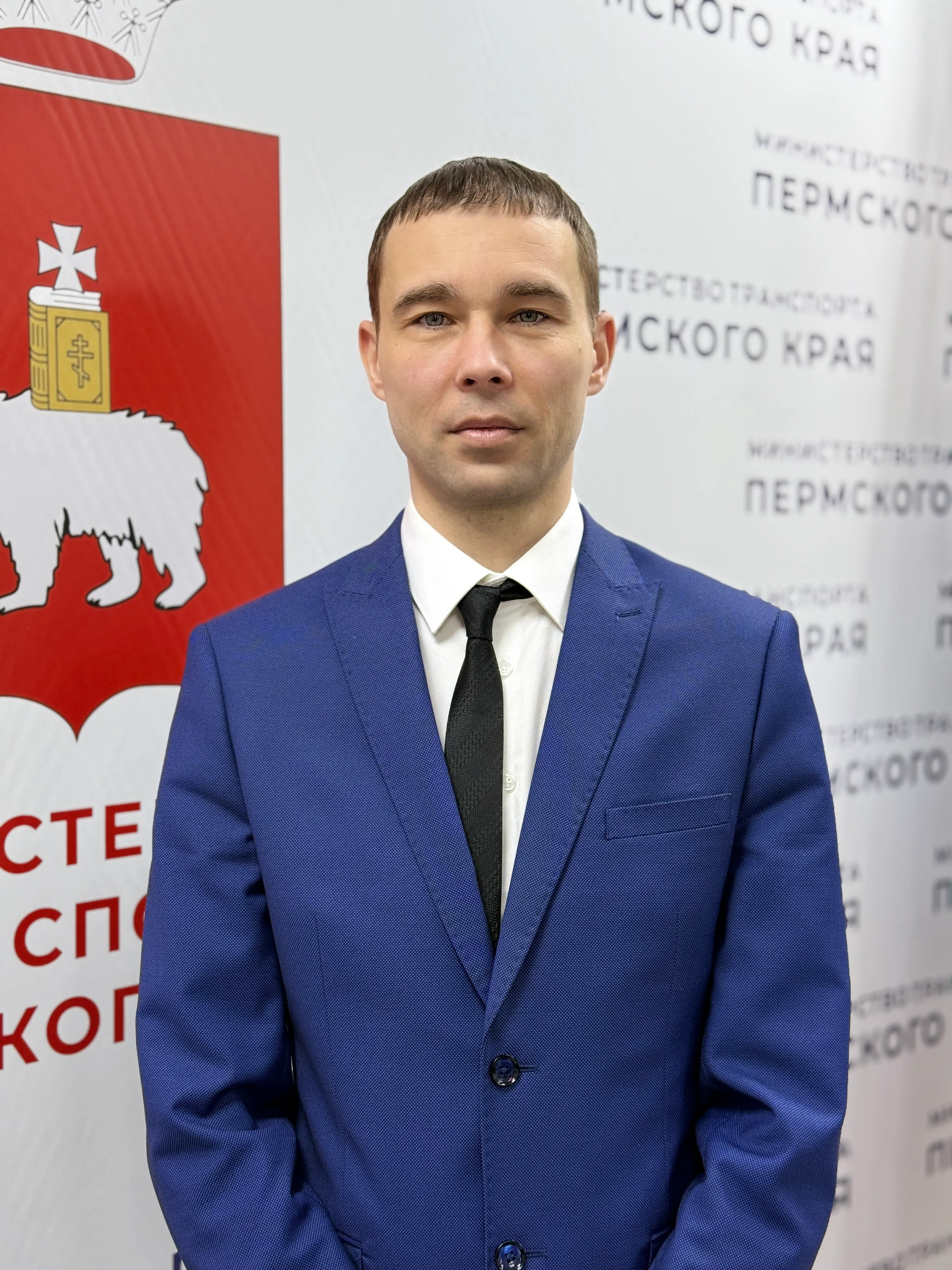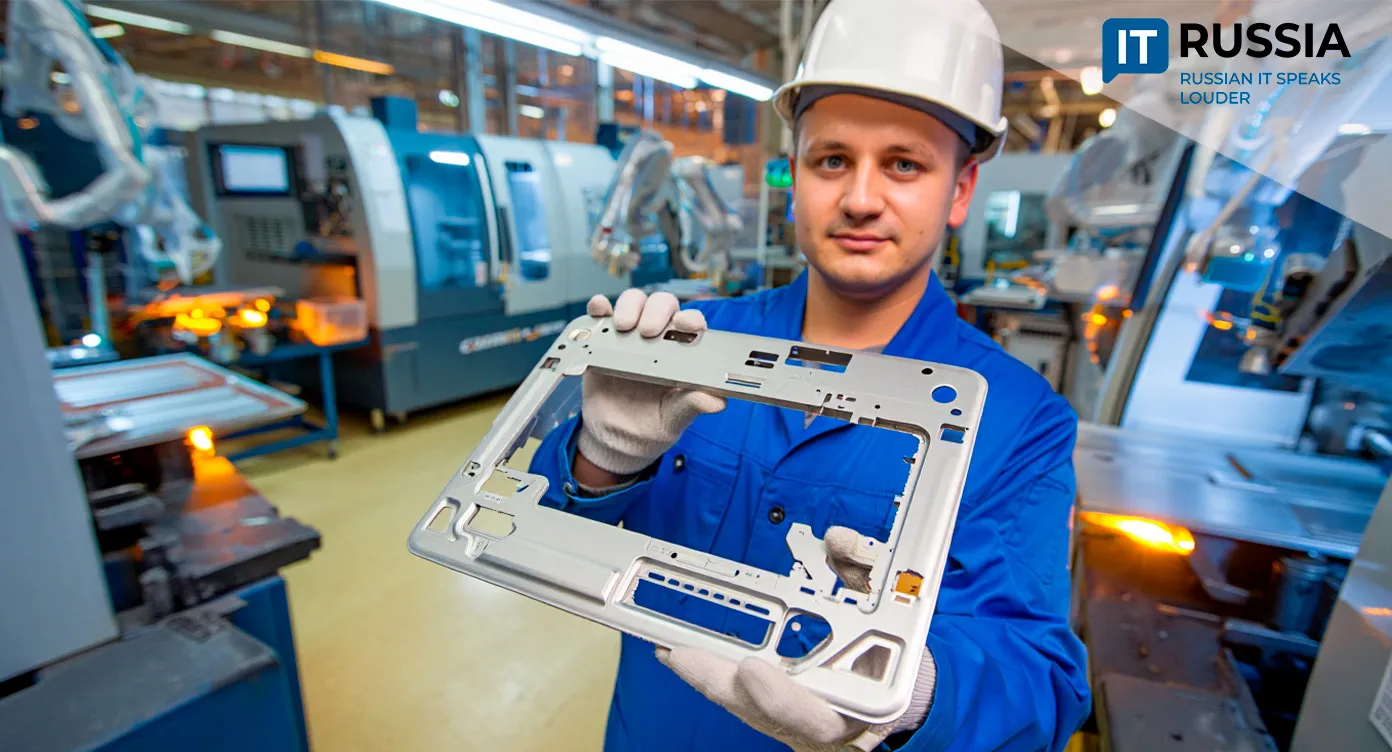Perm Scientists Develop an AI-Based Alternative to GPS
Researchers at Perm Polytechnic University have developed an AI-powered system for public transport monitoring that identifies bus numbers from road cameras with 82% accuracy—without relying on GPS trackers.
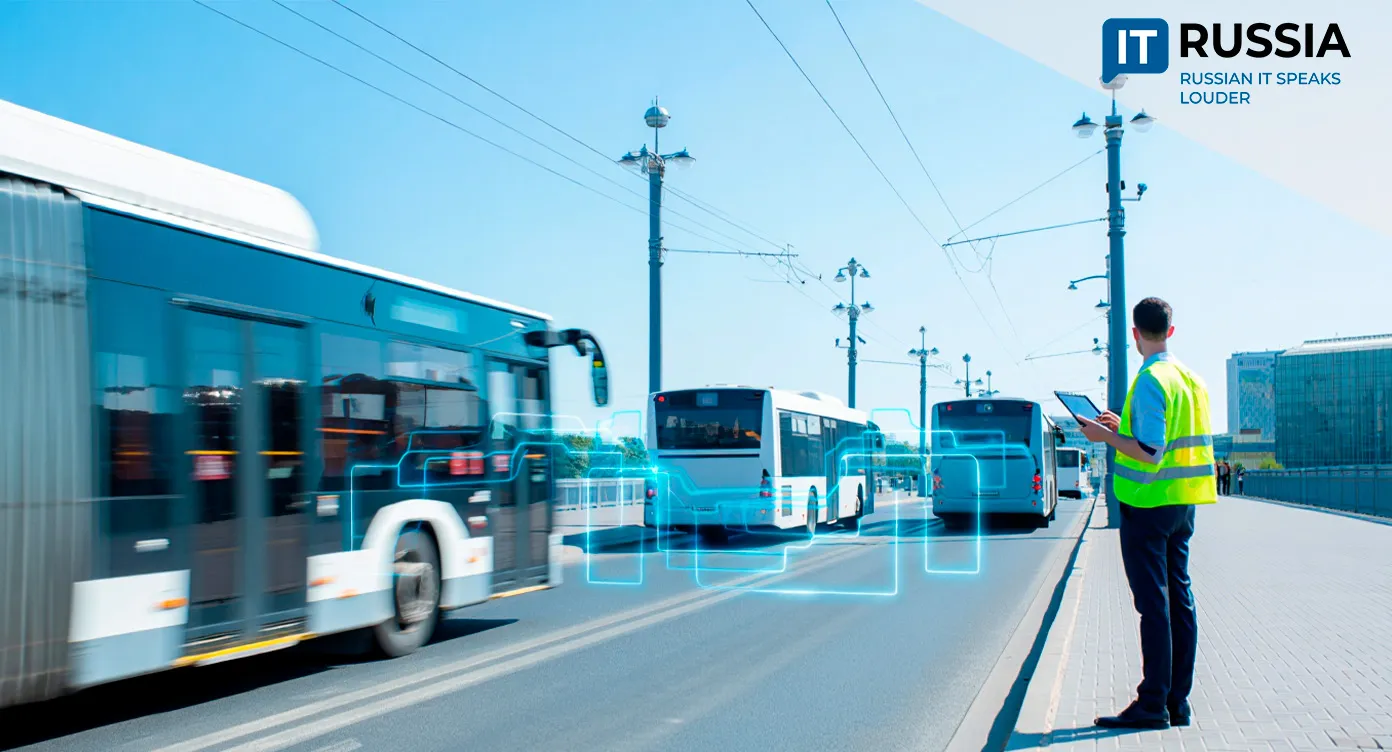
Cameras Replace Satellites
Scientists at the Perm National Research Polytechnic University have created an intelligent public transport monitoring system that operates independently of GPS navigation. The technology functions autonomously even with weak mobile connectivity and integrates seamlessly with existing city surveillance infrastructure. The system recognizes buses in video streams from roadside cameras with 82% accuracy, analyzing 25–30 frames per second, and delivers real-time route information to passengers through a chatbot.
For vehicle recognition, researchers tested various algorithms and ultimately selected the YOLO neural network model, known for its superior speed in identifying fine image details such as route numbers. The model was trained on thousands of images to ensure accuracy. A key feature of the system is its resilience to adverse weather conditions—rain, glare, and low light. To minimize errors, the algorithm identifies each bus multiple times rather than relying on a single frame. All collected data is transmitted to passengers and dispatchers via the custom chatbot, providing real-time road updates.
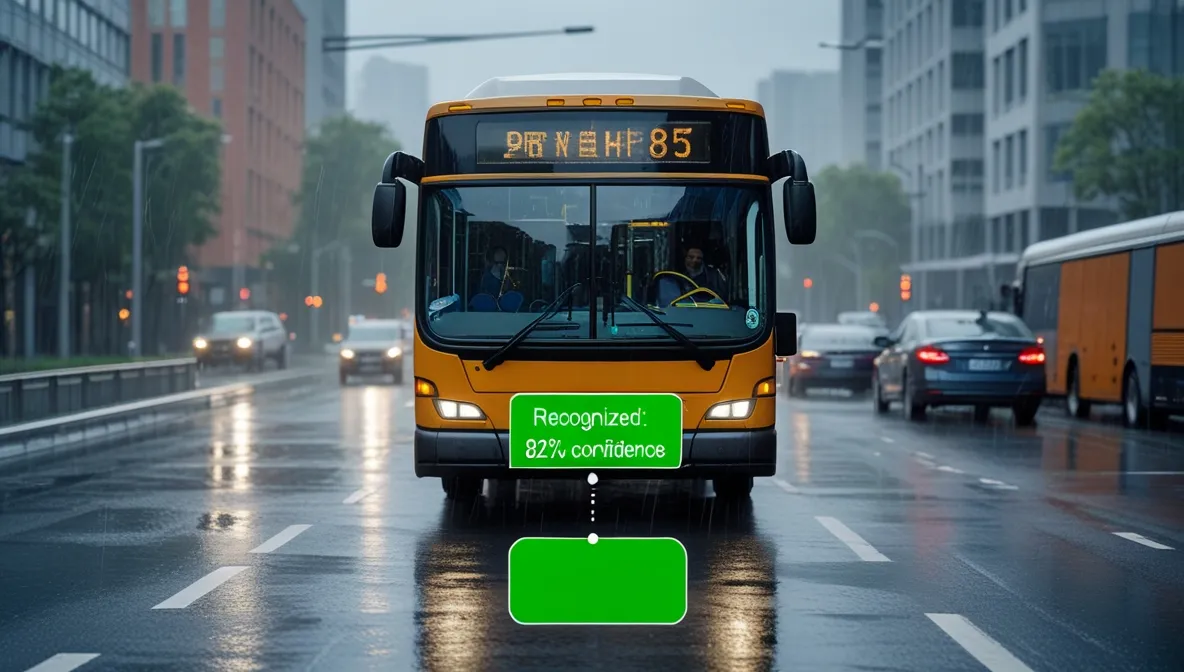
The project’s significance extends beyond a regional experiment. For Russian citizens, this means more accurate transit information and fewer delays thanks to improved operational control. For municipalities, it represents a cost-effective way to monitor transport without GPS trackers.
Scalability and Future Applications
The scalability of the Perm system opens broad prospects for deployment in other Russian cities. Its main advantage lies in easy integration with existing infrastructure: traffic police cameras, urban monitoring systems, and private equipment (pending authorization). The system requires no high-performance servers, making it affordable for municipalities of any size and reducing modernization costs.
Russian cities have shown increasing demand for AI-based public transport management tools. This technology could become part of integrated smart city ecosystems, connecting to municipal digital platforms and dispatch services. Potential future capabilities include route recognition, speed detection, stop analysis, and vehicle condition monitoring. Eventually, the system could optimize schedules and create a unified monitoring network independent of satellite communications.
The project also holds export potential. The technology could be offered to international cities, particularly where GPS tracker infrastructure is weak or costly. Adaptation for local conditions and regulations would be required before commercialization.

AI-Driven Transformation Across Russia
The Perm innovation aligns with the nationwide trend of adopting artificial intelligence in Russia’s transportation systems. At South Ural State University in Chelyabinsk, researchers developed an AI-powered traffic monitoring system that operates on standard cameras without expensive hardware. In Moscow, an AI-based traffic light management platform dynamically adjusts signals in real time, improving road efficiency.
Moscow’s intelligent transport infrastructure includes cameras capable of detecting 13 types of incidents on the MKAD highway—from stalled vehicles to smoke events. Automated video systems can identify 64 types of traffic violations, all verified through neural networks. Thanks to these systems, the number of car thefts in the capital has significantly declined since 2012.
In Saint Petersburg, the city achieved 92.3% digital maturity, with 100% digitalization of its public transport system. The entire fleet now supports cashless payment (used by 98% of passengers) and onboard navigation equipment. Citywide AI modules monitor over forty types of issues—from overflowing trash bins and snowdrifts to accidents and fires.
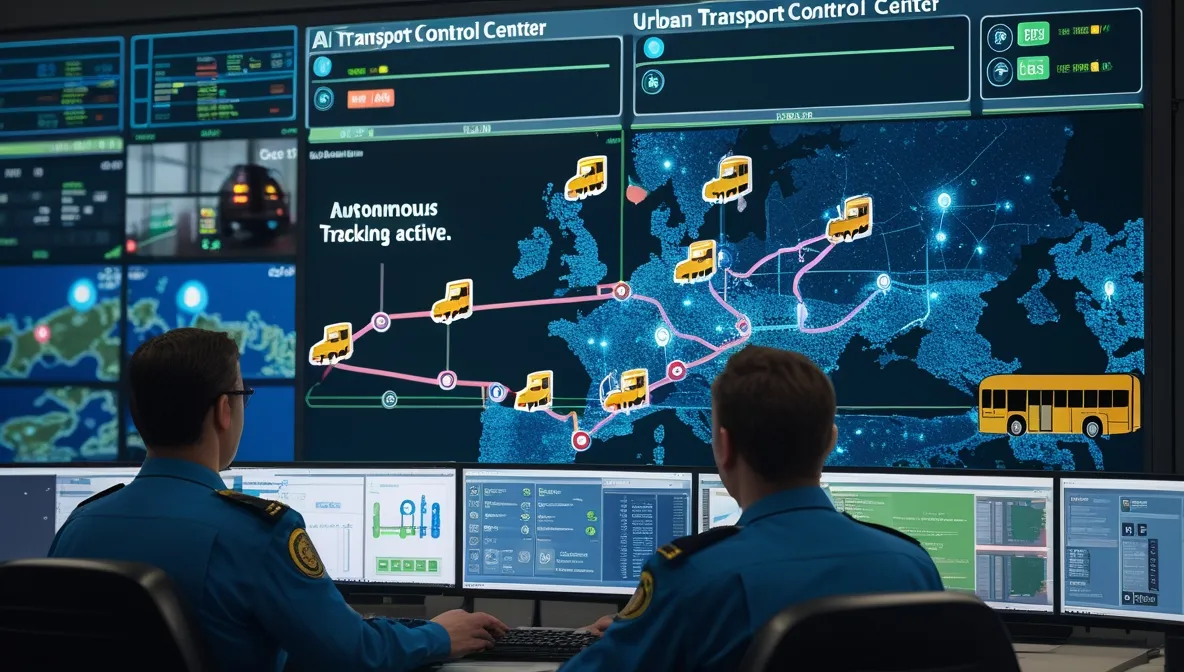
The Outlook for Digital Mobility
The Perm project marks a new phase in Russia’s transport monitoring technology. The AI model demonstrated stability under real-world conditions, paving the way for commercial rollout. By 2030, the system is expected to be fully integrated with smart city platforms and passenger mobile applications.
Previously, Perm Polytechnic students created an algorithm to compensate for delays in location data transmission, minimizing lag even under weak mobile signals. Combining these innovations could yield a comprehensive monitoring solution surpassing traditional GPS systems in reliability.
For Russia’s tech industry, the Perm development is a case study in applying AI to urban infrastructure. It strengthens the nation’s position in smart mobility solutions and sets a precedent for exporting homegrown technology to the global smart city market.


